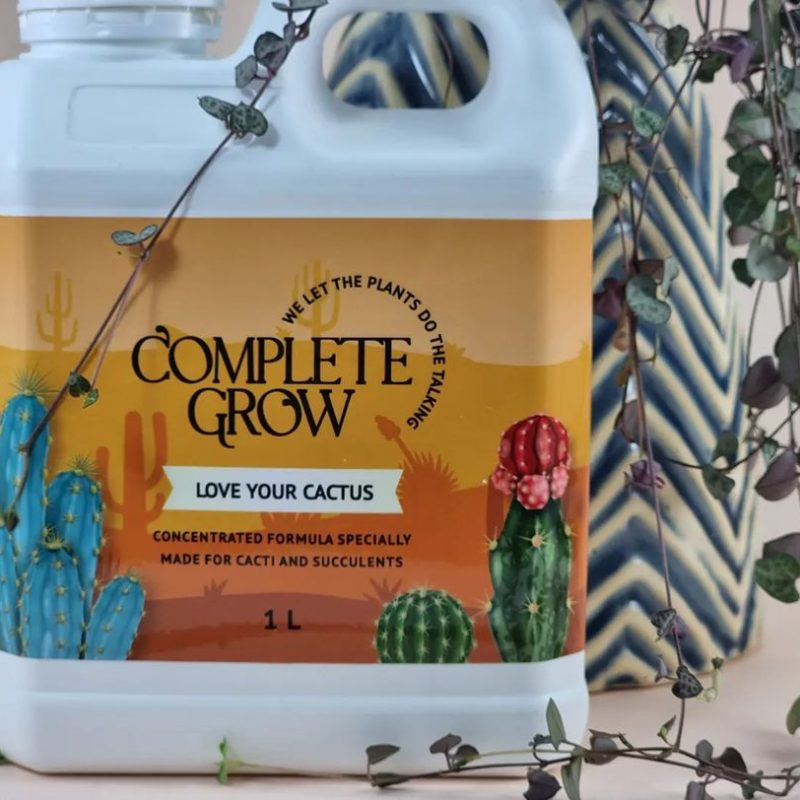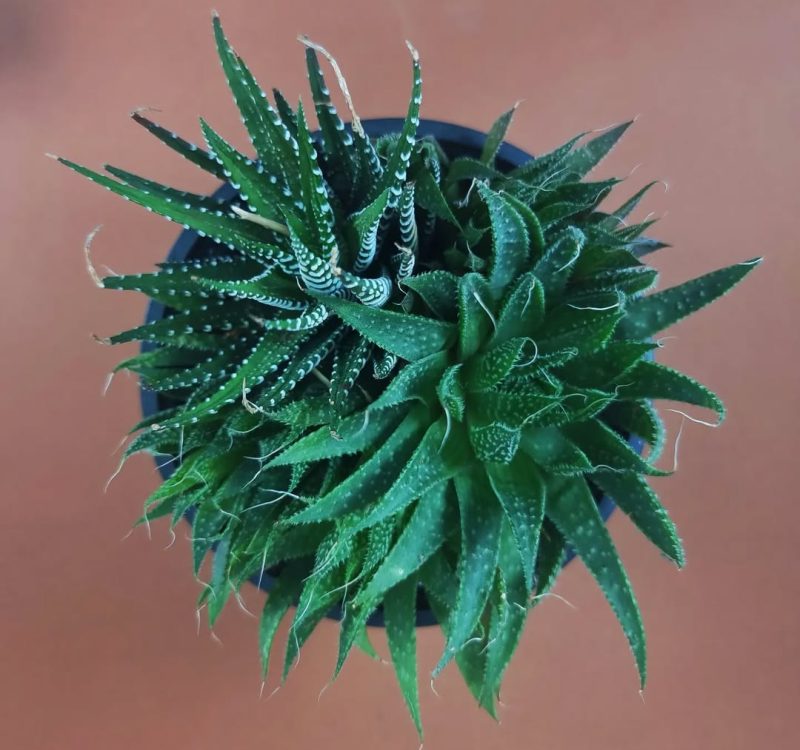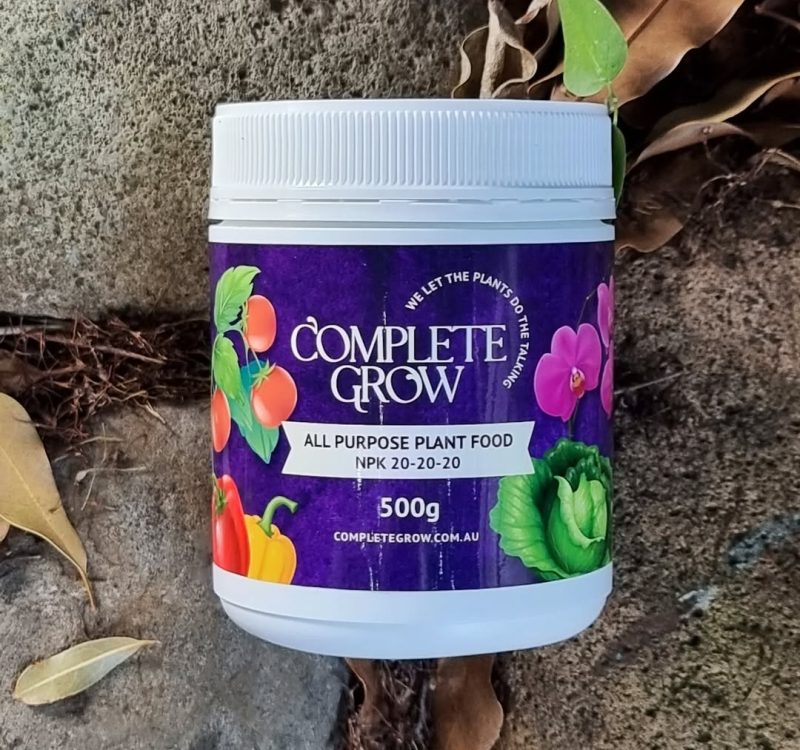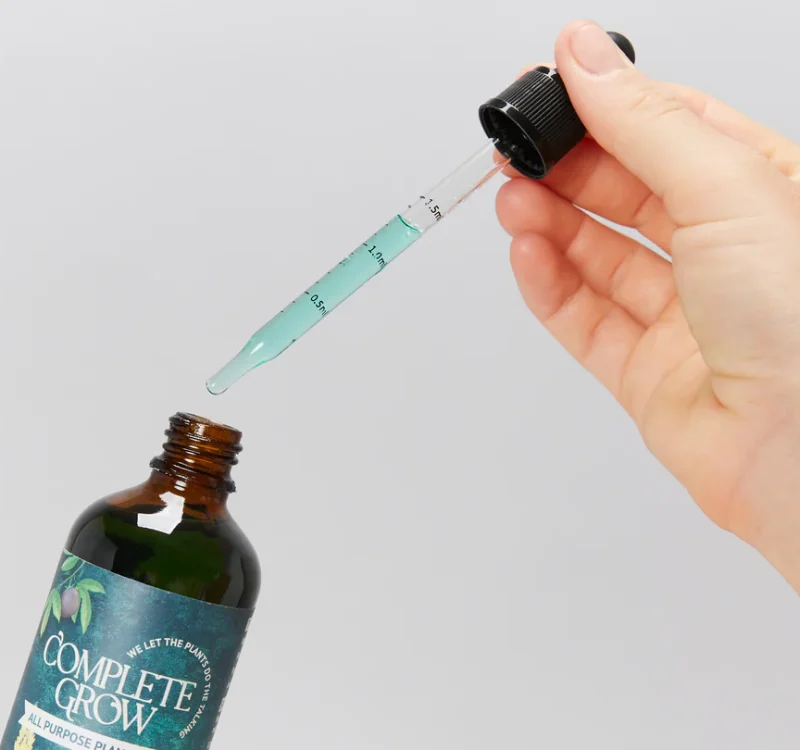Bunny Ears Cactus
Transform Your Garden into a Personal Paradise!
How to Grow Bunny Ear Cactus in Australia – Light, Water & Soil
Bunny Ear Cactus (*Opuntia microdasys*), also known as Rabbit Ear Cactus or Polka-Dot Cactus, is a charming desert plant native to Mexico. It earns its name from its flat, oval pads that resemble bunny ears, often growing in pairs. The pads are covered in tiny, golden glochids (not spines), which can easily detach and irritate skin — so handle with care.
This cactus is prized for its sculptural form and low-maintenance nature. It grows up to 40–60 cm tall and can spread wider in containers or beds. Over time, it forms an upright, clumping shape with new pads sprouting from the tops of older ones. In the right conditions, Bunny Ear Cactus may bloom with yellow flowers followed by small purple-red fruits, though flowering is rare indoors.
In Australia, Bunny Ear Cactus thrives in warm, dry climates and is well-suited to pots, patios, and xeriscaped gardens. However, growers should note that *Opuntia microdasys* is listed as a restricted species in some states due to its potential to naturalise. Always check local guidelines before planting outdoors.
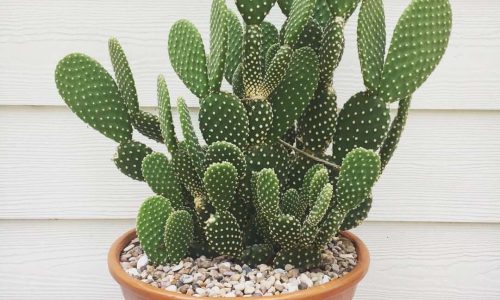

Growing Conditions for Bunny Ear Cactus in Australia
Bunny Ear Cactus is relatively easy to grow if you replicate its native environment: bright sun, low moisture, and fast-draining soil. These are the key conditions to focus on:
Light: This cactus needs full sun for at least 6 hours a day. Outdoors, it can tolerate full exposure; indoors, place it in the sunniest possible location — a north-facing window is ideal. If lighting is insufficient, the pads may stretch and lose their compact shape.
Soil: Use a gritty, free-draining cactus potting mix. You can create your own blend using:
- 2 parts coarse sand or perlite
- 1 part potting soil or loam
- Optional: 1 part small gravel or pumice for structure
Watering: Water only when the soil is completely dry. During active growth (spring–summer), water every 2–3 weeks outdoors or every 3–4 weeks indoors. Always soak thoroughly, then allow excess water to drain. Reduce watering in autumn, and withhold it entirely in winter unless pads begin to shrivel.
Climate Suitability: Bunny Ear Cactus grows well in arid and subtropical parts of Australia. It prefers temperatures above 15°C and is not frost-hardy. If you’re in a cooler climate, keep it in pots and bring it indoors for winter.
Container Tips: Choose wide, shallow terracotta pots with drainage. Avoid crowding — this cactus prefers airflow around the base and will naturally branch outward with space.
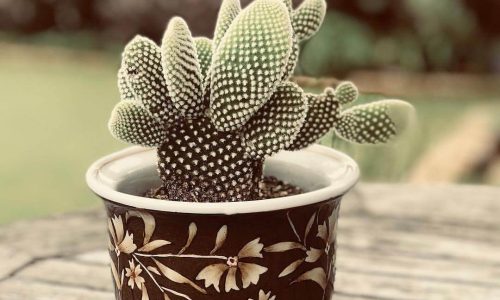
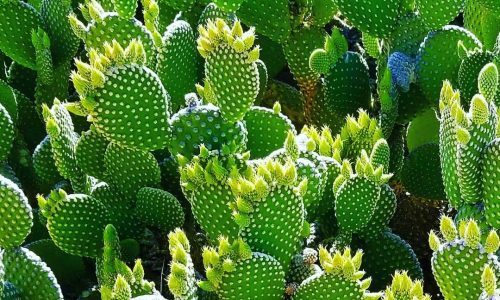
Ongoing Care, Fertilising, Flowering & Propagation
Feeding: During spring and summer, Bunny Ear Cactus benefits from occasional feeding to support new pad formation and potential flowering. Use a low-nitrogen, high-potassium fertiliser (like 2-7-7) every 3–4 weeks. Always dilute the fertiliser to one-quarter strength and avoid feeding during winter dormancy.
Flowering: With enough sun and a winter rest period, Bunny Ear Cactus may produce large, showy yellow blooms. To encourage flowering:
- Reduce watering and stop feeding from May to August
- Expose to full sun year-round
- Feed with potassium-rich cactus fertiliser from early spring
Propagation: Bunny Ear Cactus is easily propagated from pad cuttings. In spring or summer:
- Twist or cut a pad from the main plant
- Let it callous over for 5–7 days in a dry place
- Plant upright in dry cactus soil and mist lightly
Pests & Problems: Watch for mealybugs, scale, or root rot in overly wet pots. Glochids (tiny bristles) can also shed and cause skin irritation — always wear gloves when handling. Pads that droop or discolour often signal excess moisture or insufficient light.
Legal Status: In some parts of Australia, Bunny Ear Cactus is a restricted plant due to its potential invasiveness. Always grow in pots and never discard pads into natural areas. Check local council or biosecurity advice before planting outdoors.
For a full breakdown of how to fertilise and feed this cactus through the seasons, read our Best Fertiliser for Bunny Ear Cactus guide for tailored tips and product recommendations.
Frequently Asked Questions
- Are Bunny Ear Cactus illegal in Australia?
In some regions, such as parts of NSW and QLD, Bunny Ear Cactus (*Opuntia microdasys*) is listed as a restricted or invasive plant. It’s best grown in containers. Always check your local council’s biosecurity rules before planting outdoors. - How often should I water Bunny Ear Cactus?
Water only when the soil is completely dry. This may be every 2–3 weeks in summer and rarely or never in winter. Overwatering is the most common issue. - Do Bunny Ear Cactus flower indoors?
Rarely. They are more likely to bloom when grown outdoors in full sun with seasonal rest periods. Indoor flowering is uncommon unless ideal light and temperature conditions are met. - How big do Bunny Ear Cactus get?
They can reach 40–60 cm tall and spread wider with age. Growth is slow and compact in pots, but faster in open beds (where permitted). - Can I grow Bunny Ear Cactus from a pad?
Yes. Propagate by removing a pad in spring or early summer, letting it dry, and replanting in dry soil. New roots should form within a few weeks.
Recommended Products
- Quick View
- Select options This product has multiple variants. The options may be chosen on the product page


